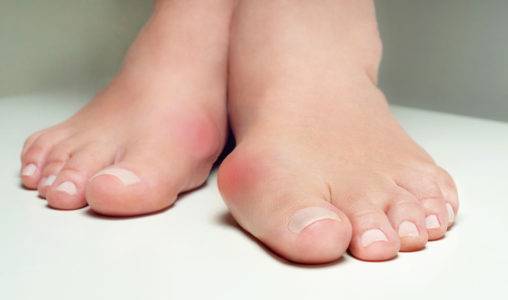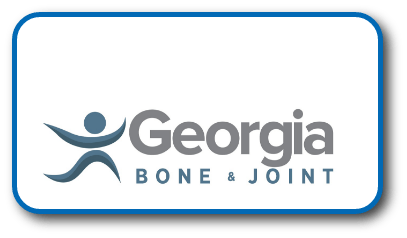- Our Staff
- Specialties
- Services
M – F 5:00 pm – 9:00 pm
Sat 8:00 am – 12:00 pmOur convenient on-site digital imaging and MRI services help us diagnose you non-invasively
From a wide range of braces, collars, and straps, we are here to support you
Painful Bunions? There’s a new, patented treatment option!For ease and safety, you can now see a doctor or physician assistant right from your home or office!We use 3D CT-based planning software so your surgeon can create a personalized joint replacement planWe try to arrange same-day treatment so that our workers’ compensation patients can start the healing process as soon as possible - Patient Resources
- Blog
- Locations
- About Us
Painful bunions? There's a new, patented treatment option!

Bunions can be very painful. With each step, your entire body weight rests on that bunion. Ouch! A common misconception about a bunion is that it is an overgrowth of bone that can simply be “shaved off”. In reality, bunions are complex deformities caused by an unstable joint.
Lapiplasty 3D Bunion Correction Surgery
Relief is here. Now, there’s a new, patented treatment for bunion correction – Lapiplasty® 3D Bunion Correction. Dr. David Heinsch is offering this exciting, new treatment option which does more than simply remove “the bump”; it addresses your bunion in three dimensions to correct the root of the problem. Advanced fixation technology is used to secure the correction in place, allowing patients to walk within days of surgery 1.
How Does Lapiplasty 3D Bunion Correction Work?
Instead of cutting the bone in half and shifting the top part over, the patented Lapiplasty® Procedure uses specially-designed instrumentation to rotate the entire deviated bone back into its normal anatomical position, naturally straightening your toe; removing the “bump” and associated pain. Innovative titanium plating technology2.3 permanently secures the unstable foundation, the root of your bunion problem. Most patients are able to walk within days of surgery.1 No cast is required; allowing patients to get back to the shoe wear of their choice and activities quickly.
Why choose Georgia Bone & Joint?
Our foot and ankle surgeon at Georgia Bone & Joint has completed additional training specifically in the foot and ankle. With this advanced training, our foot and ankle surgeon, Dr. David Heinsch, has the experience and expertise to assess, diagnose, and treat your foot injury or condition individually to your needs.
To consult with our foot and ankle surgeon, please request an appointment online or call 770-502-2175.
1. Smith B, Santrock R, Dayton P, Hatch D. Immediate Weight Bearing after Biplanar Plantar Fixation of Lapidus: A Multi-Centered Study. 2017 AOFAS Annual Meeting, Seattle, WA.
2. Dayton P, Ferguson J, Hatch D, Santrock R, Scanlan S, Smith B. 2016. Comparison of the Mechanical Characteristics of a Universal Small Biplane Plating Technique Without Compression Screw and Single Anatomic Plate With Compression Screw. J Foot Ankle Surg. 55:567-71.
3. Dayton P, Ferguson J, Hatch D, Santrock R, Scanlan S, Smith B. Biplanar Plating with an Anatomic Tension-Side Plate for Lapidus Fusion: Improved Biomechanical Properties. Accepted for presentation at 2017 AOFAS Annual Meeting, Seattle, WA. Submitted for publication.
